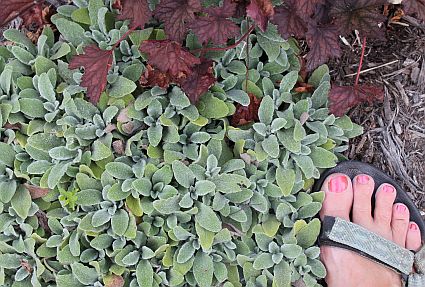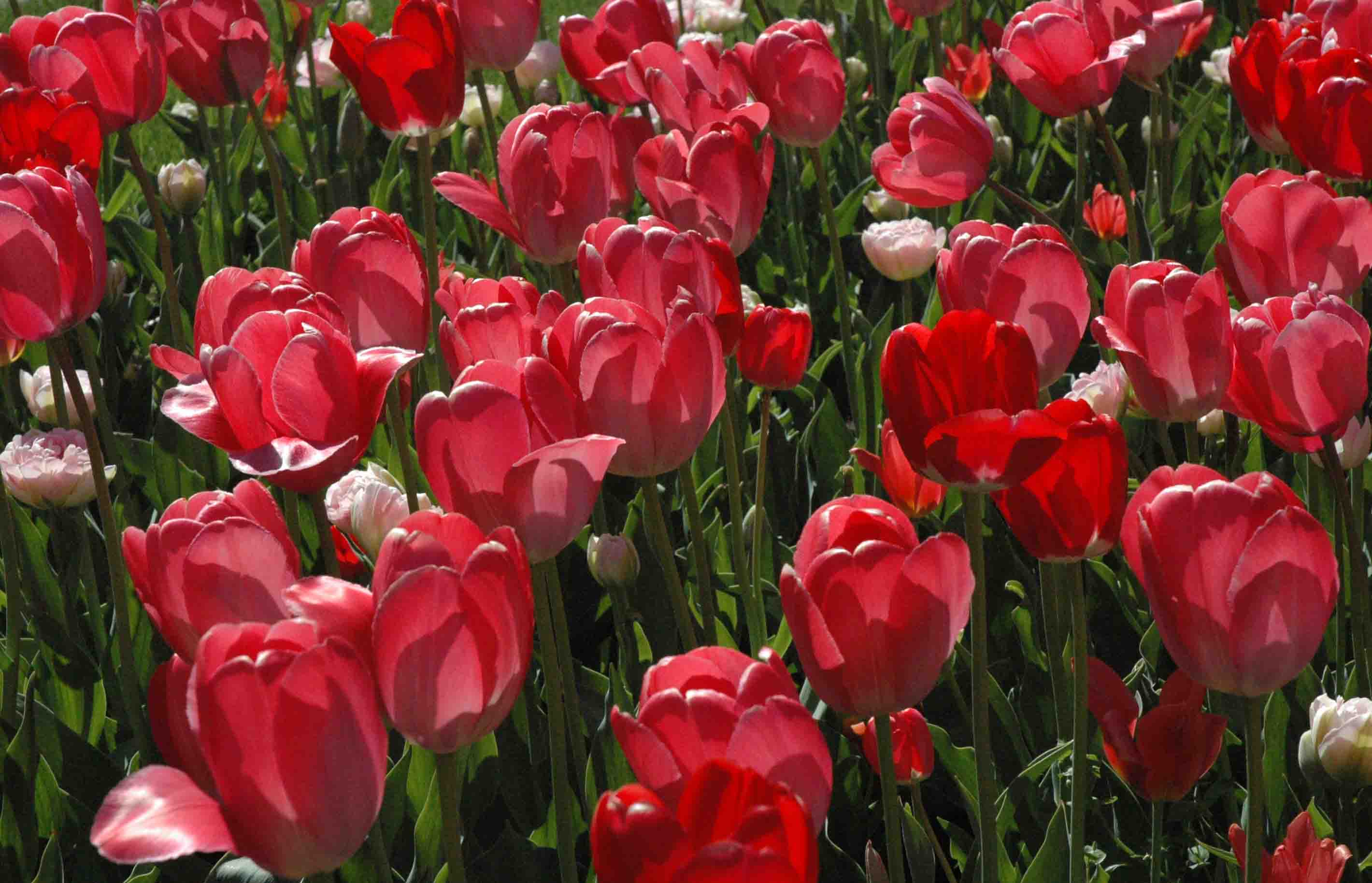
Just back from OFA – my discipline’s humongous tradeshow and conference in Columbus, Ohio. All things Floriculture – new perennials, annuals, and seasonal plants, technology, structures, and equipment for greenhouses, and plants and products for floral designers. The bulk of the show and educational sessions is focused on growers, but garden center owners and florists are also targeted. I was part of two team talks for growers on “Perennial Production Problems and Solutions”.
Aside from the thousands of attendees and hundreds of exhibitors, it’s like a big family reunion for floriculture faculty involved in teaching, research, and Extension. We introduce our latest graduate student to our own back-in-the-day classmates and our “old” major advisors. Beers are consumed. We’ve come to determine that we’re quite inbred; most floriculture researchers and educators received degrees and/or are employed by Michigan State, North Carolina State, Purdue, U. Florida, Cornell, or Minnesota. Many of our collegues have left academia to R&D positions in the horticultural corporate world, the conference also gives us a chance to catch up with them.
One of the highlights of OFA is the amazing array of new plant introductions from industry leaders such a Ball, Ecke, Syngenta, Dummen, Proven Winners, etc. Most of these names are not familiar to gardeners – they are wholesale (business-to-business) brands that provide growers with seeds, plugs, and liners, to be grown on and sold at retail. Proven Winners is one of the few vertically-integrated brands that market throughout the supply chain, from grower all the way to the consumer.

‘Gryphon’ – an exciting new begonia from PanAmerican Seed.
There are a slew of begonias out there – so what’s so special about this one (besides reaching almost 2′ in height and width)? Most fancy-leaf begonias are propagated by rooting vegetative cuttings that wholesale for $0.50 to $1.25 per liner. This one’s grown from seed ($0.05 per), enabling the grower to produce a beautiful plant yet still make a decent profit margin. The margin in our industry is ridiculously miniscule – wholesalers seem to constantly undervalue their product compared to all the costs involved in growing and shipping.
But I digress. I’ll post more from the “hot and new” front in ornamental plants on my next installment!






















